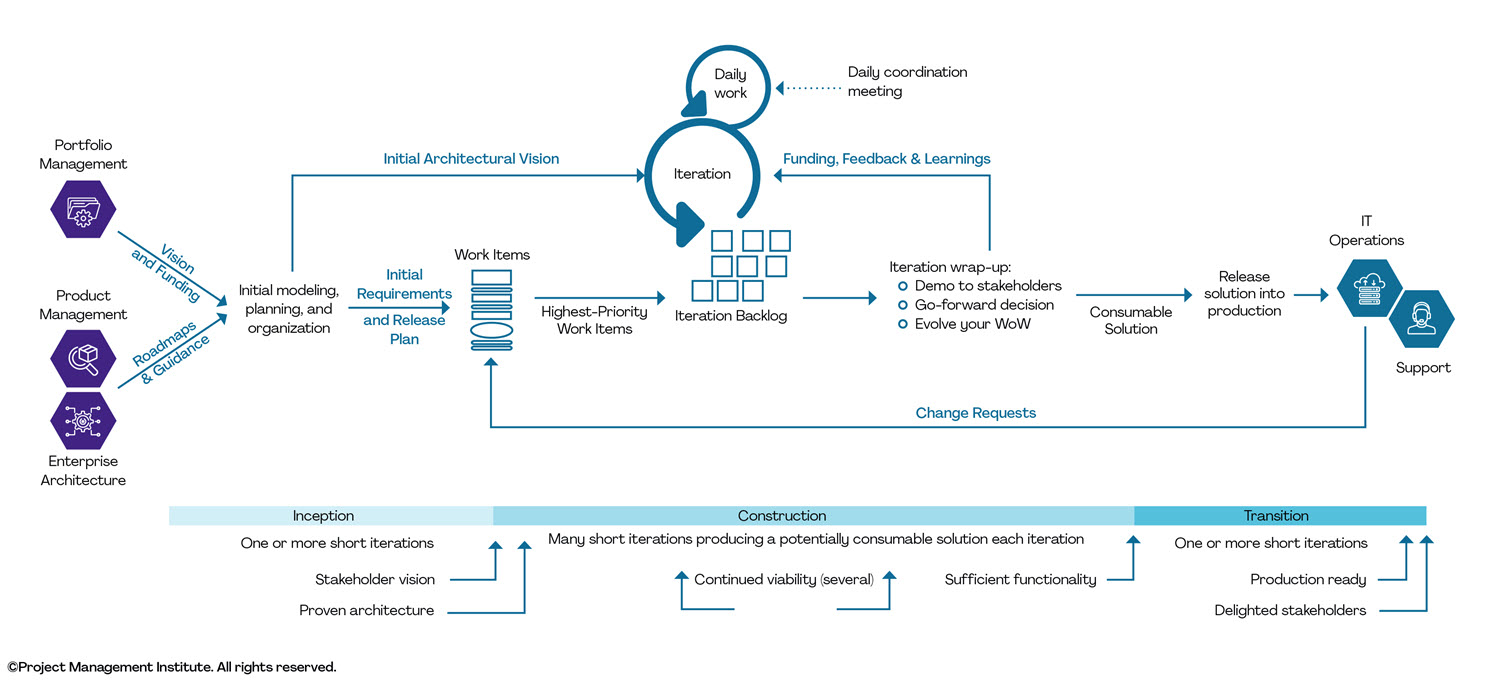
What is Disciplined Agile?
Last updated: November 17, 2022 Read in fullscreen view
- 05 Jul 2020
 What is Sustaining Software Engineering? 14/1188
What is Sustaining Software Engineering? 14/1188 - 20 Mar 2022
 What is a Multi-Model Database? Pros and Cons? 11/1063
What is a Multi-Model Database? Pros and Cons? 11/1063 - 01 Mar 2023
 What is Unit Testing? Pros and cons of Unit Testing? 8/355
What is Unit Testing? Pros and cons of Unit Testing? 8/355 - 29 Nov 2021
 Memorandum of Understanding (MOU) for Partnership Agreements 7/470
Memorandum of Understanding (MOU) for Partnership Agreements 7/470 - 30 Jan 2022
 What Does a Sustaining Engineer Do? 7/554
What Does a Sustaining Engineer Do? 7/554 - 08 Nov 2022
 4 tips for meeting tough deadlines when outsourcing projects to software vendor 6/254
4 tips for meeting tough deadlines when outsourcing projects to software vendor 6/254 - 20 Jan 2022
 TIGO Self-Organization Practice: Change Management Workflow 6/430
TIGO Self-Organization Practice: Change Management Workflow 6/430 - 01 Sep 2022
 Facts Chart: Why Do Software Projects Fail? 6/540
Facts Chart: Why Do Software Projects Fail? 6/540 - 16 Jun 2022
 Rapid Application Development (RAD): Pros and Cons 5/800
Rapid Application Development (RAD): Pros and Cons 5/800 - 31 Dec 2021
 What is a Data Pipeline? 4/187
What is a Data Pipeline? 4/187 - 01 Jan 2024
 The pros and cons of the Centralized Enterprise Automation Operating model 4/165
The pros and cons of the Centralized Enterprise Automation Operating model 4/165 - 06 Mar 2021
 4 things you need to do before getting an accurate quote for your software development 4/615
4 things you need to do before getting an accurate quote for your software development 4/615 - 20 Jan 2021
 Fail early, fail often, fail cheap, fail safe but always fail forward 3/688
Fail early, fail often, fail cheap, fail safe but always fail forward 3/688 - 16 Apr 2021
 Insightful Business Technology Consulting at TIGO 3/376
Insightful Business Technology Consulting at TIGO 3/376 - 20 Dec 2021
 What is Hybrid Mobile App Development? 3/313
What is Hybrid Mobile App Development? 3/313 - 09 Mar 2022
 Consultant Implementation Pricing 3/184
Consultant Implementation Pricing 3/184 - 16 Feb 2021
 Choose Outsourcing for Your Non Disclosure Agreement (NDA) 3/150
Choose Outsourcing for Your Non Disclosure Agreement (NDA) 3/150 - 22 Sep 2022
 Why is it important to have a “single point of contact (SPoC)” on an IT project? 3/843
Why is it important to have a “single point of contact (SPoC)” on an IT project? 3/843 - 06 Dec 2024
 Steps For Integrating Sustainable Practices Into Business Operations 3/114
Steps For Integrating Sustainable Practices Into Business Operations 3/114 - 02 Dec 2022
 Success Story: Satsuki - Sales Management Software, back office app for School Subscription Management 2/219
Success Story: Satsuki - Sales Management Software, back office app for School Subscription Management 2/219 - 10 Apr 2021
 RFP vs POC: Why the proof of concept is replacing the request for proposal 2/254
RFP vs POC: Why the proof of concept is replacing the request for proposal 2/254 - 02 Nov 2021
 [Case Study] Streamlined Data Reporting using Tableau 2/276
[Case Study] Streamlined Data Reporting using Tableau 2/276 - 07 Jul 2021
 The 5 Levels of IT Help Desk Support 2/380
The 5 Levels of IT Help Desk Support 2/380 - 11 Nov 2021
 What is an IT Self-service Portal? Why is it Important to Your Business? 2/364
What is an IT Self-service Portal? Why is it Important to Your Business? 2/364 - 07 Nov 2022
 Why Design Thinking can save the outsourcing industry 2/168
Why Design Thinking can save the outsourcing industry 2/168 - 07 Oct 2022
 Digital Transformation: Become a Technology Powerhouse 1/216
Digital Transformation: Become a Technology Powerhouse 1/216 - 25 Apr 2021
 What is outstaffing? 1/229
What is outstaffing? 1/229 - 13 Nov 2021
 What Is Bleeding Edge Technology? Are bleeding edge technologies cheaper? 1/454
What Is Bleeding Edge Technology? Are bleeding edge technologies cheaper? 1/454 - 09 Feb 2023
 The Challenge of Fixed-Bid Software Projects 1/191
The Challenge of Fixed-Bid Software Projects 1/191 - 03 Apr 2021
 How digital asset management streamlines your content workflow? 1/312
How digital asset management streamlines your content workflow? 1/312 - 30 Oct 2022
 How Much Does MVP Development Cost in 2023? 1/170
How Much Does MVP Development Cost in 2023? 1/170 - 13 Feb 2021
 Why is TIGOSOFT a software house for Enterprise Application Development? 1/336
Why is TIGOSOFT a software house for Enterprise Application Development? 1/336 - 01 May 2023
 CTO Interview Questions 1/296
CTO Interview Questions 1/296 - 28 Oct 2025
 The Future of Real Estate: Key Trends and Essential Lessons in Digital Transformation 1/10
The Future of Real Estate: Key Trends and Essential Lessons in Digital Transformation 1/10 - 17 Mar 2025
 IT Consultants in Digital Transformation /62
IT Consultants in Digital Transformation /62 - 10 Jul 2025
 Building AI-Driven Knowledge Graphs from Unstructured Data /111
Building AI-Driven Knowledge Graphs from Unstructured Data /111 - 03 Sep 2022
 The secret of software success: Simplicity is the ultimate sophistication /186
The secret of software success: Simplicity is the ultimate sophistication /186 - 10 Apr 2022
 What is predictive analytics? Why it matters? /167
What is predictive analytics? Why it matters? /167 - 09 Jan 2022
 How to Bridge the Gap Between Business and IT? /163
How to Bridge the Gap Between Business and IT? /163 - 20 Nov 2022
 Software Requirements Are A Communication Problem /233
Software Requirements Are A Communication Problem /233 - 06 Nov 2023
 How do you streamline requirement analysis and modeling? /184
How do you streamline requirement analysis and modeling? /184 - 01 Mar 2023
 How do you deal with disputes and conflicts that may arise during a software consulting project? /145
How do you deal with disputes and conflicts that may arise during a software consulting project? /145 - 21 Jun 2021
 6 Useful Tips To Streamline Business Processes and Workflows /515
6 Useful Tips To Streamline Business Processes and Workflows /515 - 03 Nov 2022
 Top questions and answers you must know before ask for software outsourcing /264
Top questions and answers you must know before ask for software outsourcing /264 - 03 Jul 2022
 What is the difference between Project Proposal and Software Requirements Specification (SRS) in software engineering? /955
What is the difference between Project Proposal and Software Requirements Specification (SRS) in software engineering? /955 - 07 Aug 2022
 Things to Consider When Choosing a Technology Partner /249
Things to Consider When Choosing a Technology Partner /249
What is Disciplined Agile?
Disciplined Agile (DA), is a process decision framework that puts individuals first and offers only lightweight guidance to help teams optimize their processes according to the unique needs of each specific project. As a people-first agile framework, DA is in some ways similar to the Crystal method. In fact, DA is designed to be a hybrid approach combining elements of XP, Scrum, Kanban, and other methodologies.
What is the History of Disciplined Agile?
Although developed at IBM beginning in 2009, Disciplined Agile was first introduced to the world in 2012 with the book Disciplined Agile Delivery. This first iteration of the methodology was focused more broadly on process decisions across an organization. Later, new subsets began to appear applying the concepts to specific areas such as “Disciplined DevOps,” and “Disciplined Agile IT.”
Today the term Disciplined Agile refers broadly to designing effective processes to all of these areas—addressing all areas of solution delivery, including finance, procurement, IT architecture, portfolio management, etc.
Key aspects
Many of the challenges that teams are facing are out of scope for scrum and the teams need to look to other methods with overlapping parts and conflicting terminology. DAD attempts to address these challenges by using a people-first, learning-oriented, hybrid approach to IT solution delivery.
Full delivery lifecycle
Unlike first generation agile methods that typically focus on the construction aspects of the lifecycle, DAD addresses the full delivery lifecycle, from team initiation all the way to delivering a solution to your end users.
Complete
DAD shows how development, modeling, architecture, management, requirements/outcomes, documentation, governance and other strategies fit together in a streamlined whole. DAD does the "process heavy lifting" that other methods leave up to you.
Context-sensitive
The approach is goal-driven or outcome-driven rather than prescriptive. In doing so, DAD provides contextual advice regarding viable alternatives - what works, what doesn't and more importantly why - and their trade-offs, enabling you to tailor your way of working to address the situation in which you find yourself and do so in a streamlined manner.
Consumable solutions over working software
DAD matures focus from simply producing software to providing consumable solutions that provide real business value to stakeholders. While software is clearly an important part of the deliverable, being solution focused means taking a holistic view of the overall problem. This can lead to suggested updates in hardware, business and organizational processes, and overall organizational structures.
What are the Framework’s Strengths and Weakness?
DA’s strengths include:
- The hybrid nature of this framework pulls the best elements from several proven methodologies
- Allows teams to follow the agile method while also tailoring it to their unique needs
DA’s weaknesses include:
- Not ideal for organizations new to agile, because it does not provide strict enough guidance on how to follow that philosophy
- Because of this lack of guidance, organizations trying to implement the DA framework are more likely to need professional consultants to help with the rollout
Should You Use Disciplined Agile?
For a highly experienced agile team, this type of hybrid model might provide much-needed flexibility. But for teams newly transitioning to the agile approach, DA might make that learning curve too steep and costly.
Frequently Asked Questions
Is Disciplined Agile Delivery a framework?
Disciplined Agile Delivery (DAD) is a scalable Agile software delivery framework. It takes a people-first, learning-oriented approach to software development and delivery.
How is disciplined agile different from agile?
Agile is a project management methodology that emphasizes adaptability in responding to change. Disciplined agile takes the ideas behind agile and expands them into a toolkit that leverages Agile practices as well as others to provide guidance based on the context your team is working within.
What are the 4 views of disciplined agile?
DA addresses four views:
- Mindset. DA builds on the foundations of agile and lean to address enterprise realities.
- People. DA describes the roles, responsibilities, and team structures you should have in place.
- Flow. DA describes the dynamic aspects of processes via lifecycle and workflow diagrams.
- Practices.
What are the three phases of disciplined agile delivery?
First, the DAD delivery life cycle explicitly calls out three phases for agile project teams:
- Inception. Team initiation activities occur during this phase. ...
- Construction. During this phase a delivery team will produce a potentially consumable solution on an incremental basis. ...
- Transition.
What are the eight principles of disciplined agile?
These principles are:
- Delight customers. We need to go beyond satisfying our customers' needs, beyond meeting their expectations and strive to delight them. ...
- Be awesome.
- Context counts.
- Be pragmatic
- Choice is good.
- Optimize flow.
- Organize around products/services (new).
- Enterprise awareness.
What are 4 agile Behaviours?
These include respect, collaboration, improvement and learning cycles, pride in ownership, focus on delivering value, and the ability to adapt to change.





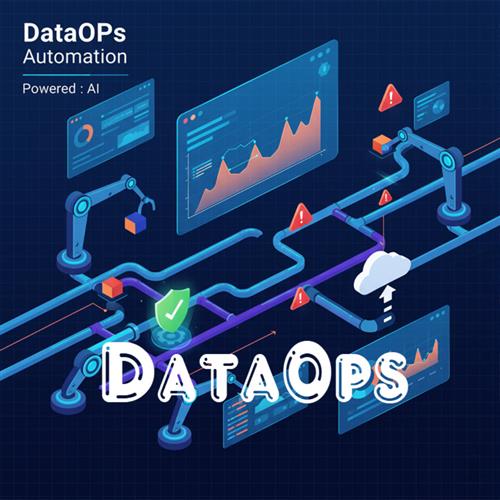
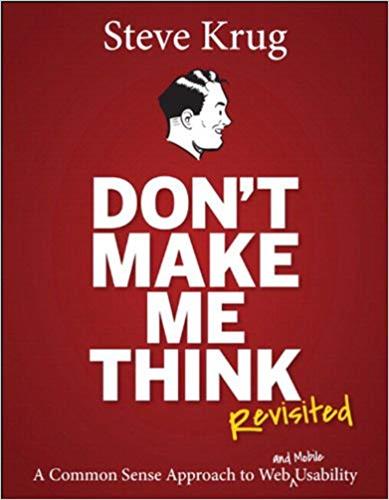
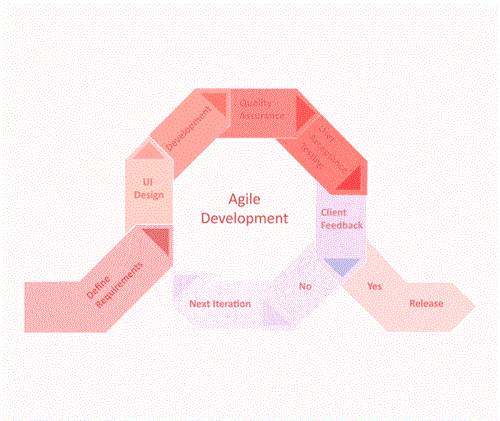


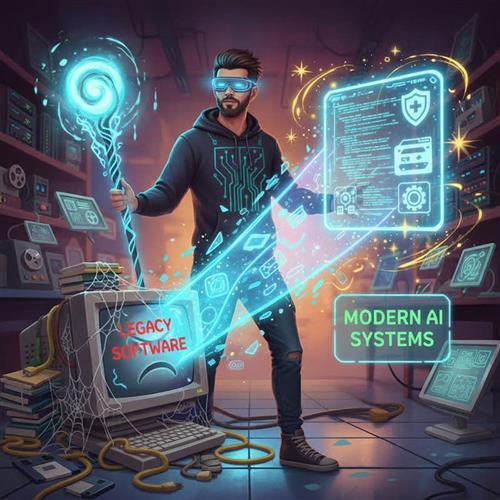

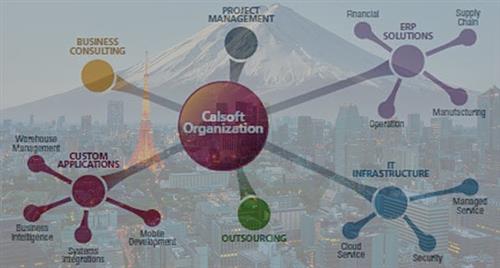

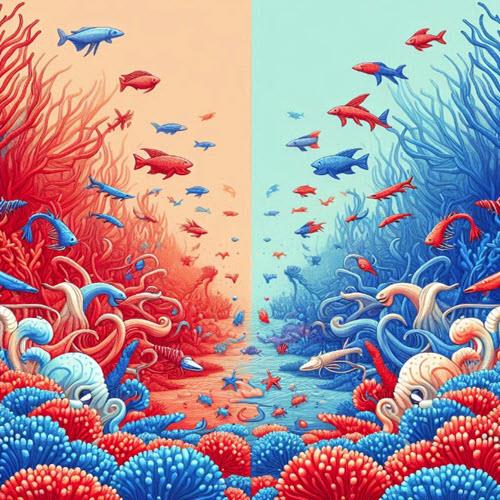

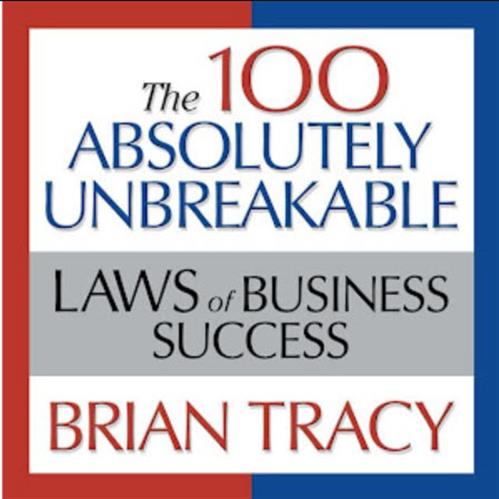
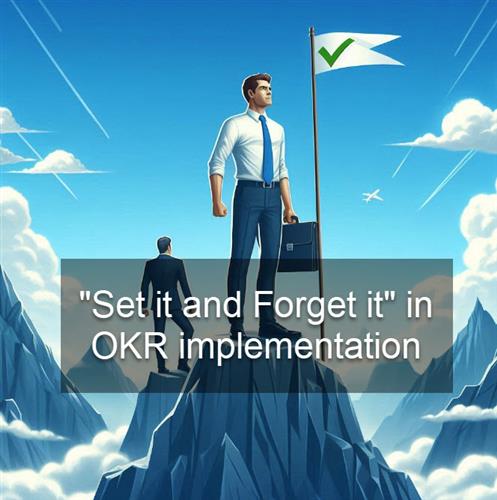
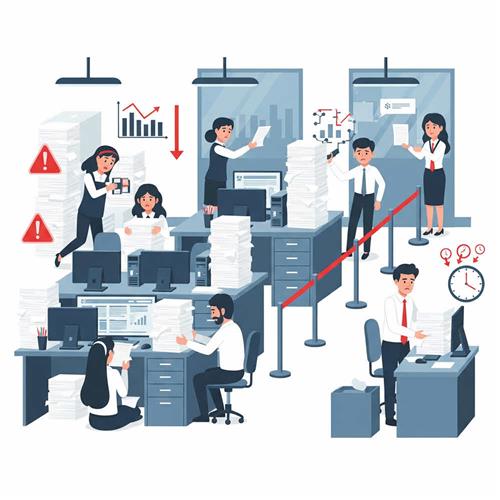
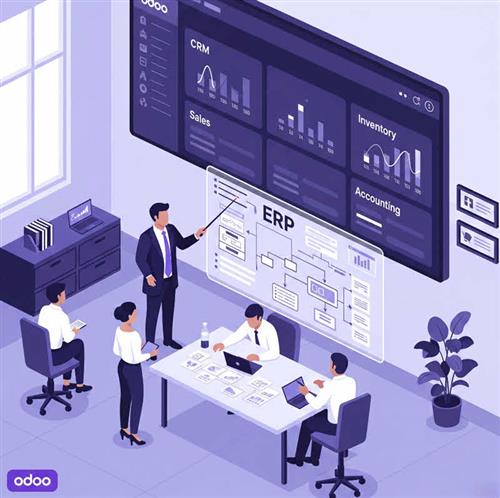

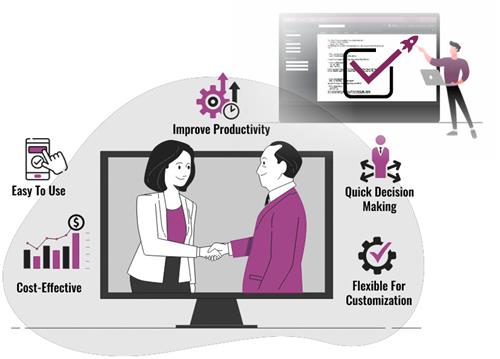












 Link copied!
Link copied!
 Recently Updated News
Recently Updated News